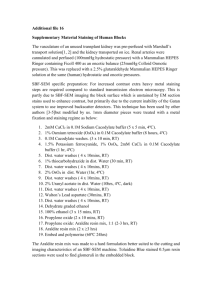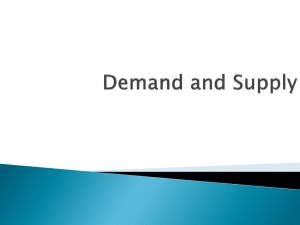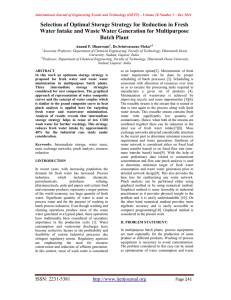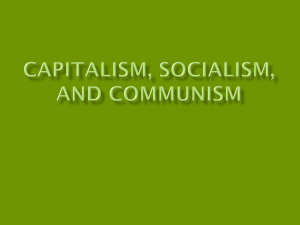A problem worked out
advertisement
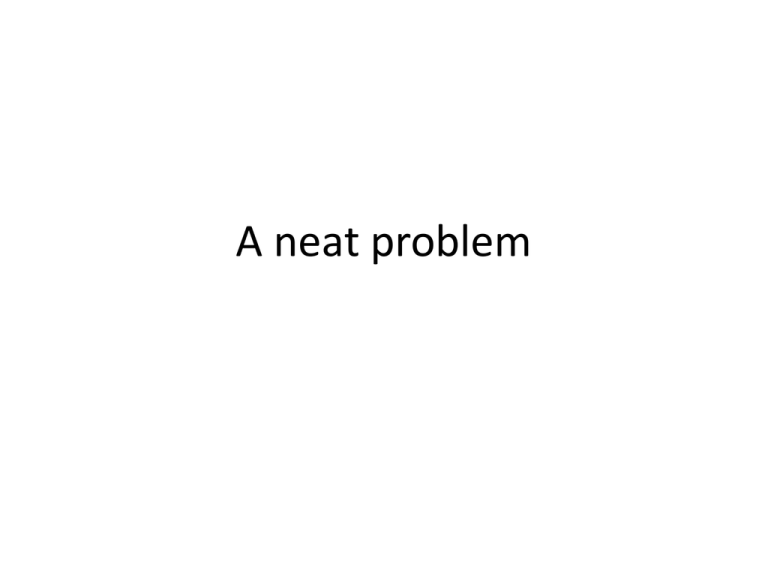
A neat problem On the next slide there is a problem that has the initial statement: The town of Whoville has 100 identical consumers and 50 identical car washes. Each consumer has income of $24. The diagram and chart below show the indifference curves of a typical consumer and the marginal cost curve of a typical car wash. Note the vertical axis should say All Other Goods. To get the price of a car wash today: Note in the graph if all $24 of the consumer is spent on car washes then we see 12 car washes could be purchased. On this budget line it means the price of a wash is $2. We see the typical individual would actually take 4 washes at a price of $2. The quantity demanded would be 4 times 100 = 400 washes. If the price is $2 the firm would have MC = MR at a Q less than 1. With 50 firms the quantity supplied would be less than 50. With Qd > Qs price will rise. If the price rises to $3, note if all $24 of the consumer is spent on car washes then 8 car washes could be purchased. We see the typical individual would actually take 3 washes at a price of $3. The quantity demanded would be 3 times 100 = 300 washes. If the price is $3 the firm would have MC = MR at a Q = 1. With 50 firms the quantity supplied would be 50. With Qd > Qs price will rise. If the price rises to $6, note if all $24 of the consumer is spent on car washes then 4 car washes could be purchased. We see the typical individual would actually take 2 washes at a price of $6. The quantity demanded would be 2 times 100 = 200 washes. If the price is $6 the firm would have MC = MR at a Q = 4. With 50 firms the quantity supplied would be 200. With Qd = Qs we see the price in the market = 6. Part b If there is no entry or exit then it must be that economic profit = 0. With revenue of $24 (which is $6 times 4 units) and variable costs of 3 + 4 + 5 + 6 = $18, The fixed cost must be $24 - $18 = $6.
